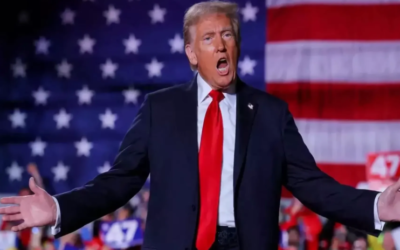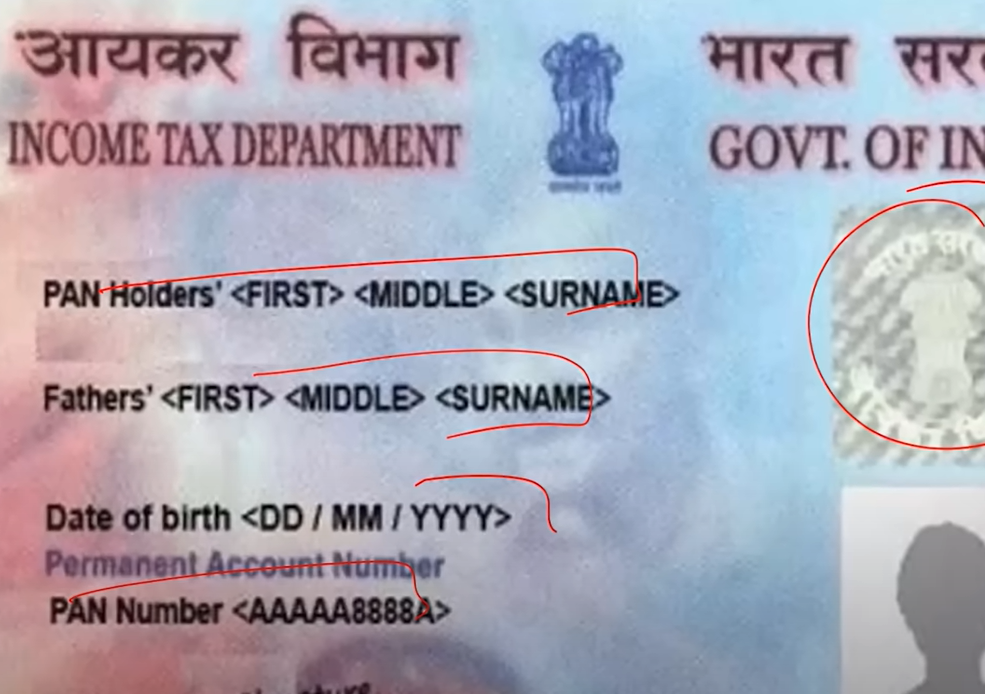
Understanding the Implications of Trump’s Proposed Tariffs

The political landscape is set to change dramatically with Donald Trump’s proposed tariffs in January 2025. This blog explores the impacts of these tariffs on global trade, particularly focusing on Canada, China and India. The potential consequences for the global economy are significant, with industry and governments preparing for a storm of changes.
The Storm of Tariffs
Donald Trump has made headlines by announcing a potential 25% tariff on imports from Mexico, China and Canada. The move is set to have a significant impact on the global economy, radically changing trade dynamics. As Trump prepares to take office, the implications of these tariffs are starting to become clear to countries like Canada, which are already bracing for an economic fallout.

Canada’s Shock and Response
When the news broke that Canada would be subject to these tariffs, there was widespread shock among Canadians. Jagmeet Singh, a prominent Canadian politician, criticized Prime Minister Justin Trudeau for not effectively addressing this imminent threat. His comments compared Trudeau’s approach to an ostrich hiding its head in the sand, suggesting that ignoring the problem will not make it go away.
Singh emphasized the importance of standing up against these tariffs, warning that Canadian jobs are at stake. The prospect of a 25% tariff could spell disaster for the Canadian economy, which would be unable to withstand such a shock.

Will India Be Affected?
For India, the current situation does not indicate any immediate tariffs yet. However, there are concerns that if the global economic environment worsens, Trump could impose a 10% tariff on Indian imports as well. This would likely be a broad tariff affecting many countries, with special rates for countries like Canada and China.
Trump’s strategy focuses on punishing countries that have a significant trade deficit with the US. For example, China has a trade deficit of around $353 billion with the US, making it a prime target for these tariffs. India, while it has a trade surplus with the US of around $30 billion, could still find itself in the target if the situation worsens.

The Logic Behind the Tariffs
Trump’s reasoning for targeting specific countries is rooted in their trade balance with the US. His aim is to address the trade deficit the US faces with countries such as China and Canada. The idea is to make imports from these countries more expensive, encouraging US consumers to buy domestically produced goods.
For example, if a Chinese product that costs $100 now faces a 35% tariff, its price will increase to $135, potentially causing consumers to consider alternatives. This is part of a broader strategy to reduce the trade deficit by making foreign goods less competitive in the US market.

Impact on Global Trade Dynamics
The proposed tariffs are not just about punishing specific countries; they represent a significant shift in global trade dynamics. Countries with substantial trade deficits with the US are now facing greater scrutiny. For example, Vietnam, which has a $90 billion trade deficit with the US, could also be affected by these tariffs.
This situation presents new opportunities for India and other countries that might not otherwise face such severe tariffs. As prices of Chinese goods rise, US consumers may look for alternatives, opening the door for Indian manufacturers to step in and fill the gap.

Opportunities for India
With tariffs on Chinese goods likely to rise, India stands to benefit from a change in consumer preferences. If Chinese products become significantly more expensive, Indian manufacturers could take advantage of this trend by offering competitive alternatives. This could boost India’s manufacturing sector and create new jobs.
The key for India would be to take advantage of this opportunity by ramping up its production capacities and ensuring that it can meet the demand that will arise as a result of these tariffs.

Conclusion
In conclusion, the impending tariffs proposed by Donald Trump could have far-reaching implications for global trade. Countries like Canada and China are already feeling the pressure, while India may find itself in a unique position to benefit from this situation. The next few years will be crucial in determining how these tariffs reshape the economic landscape.
For those looking to deal with these changes, it will be essential to understand the intricacies of international trade and prepare strategically. As the global economy prepares for this storm, it will be interesting to see how countries adapt and respond.









